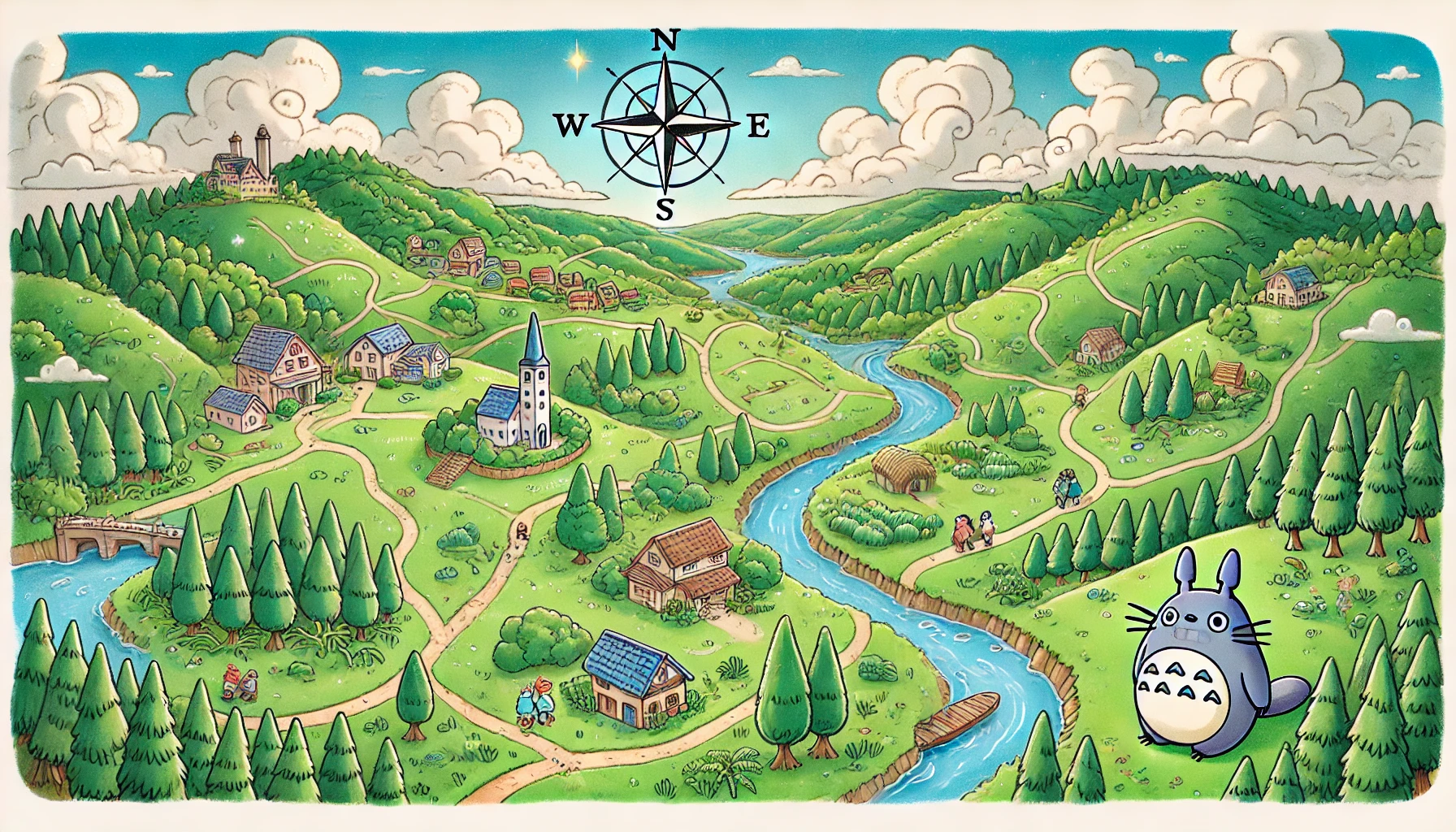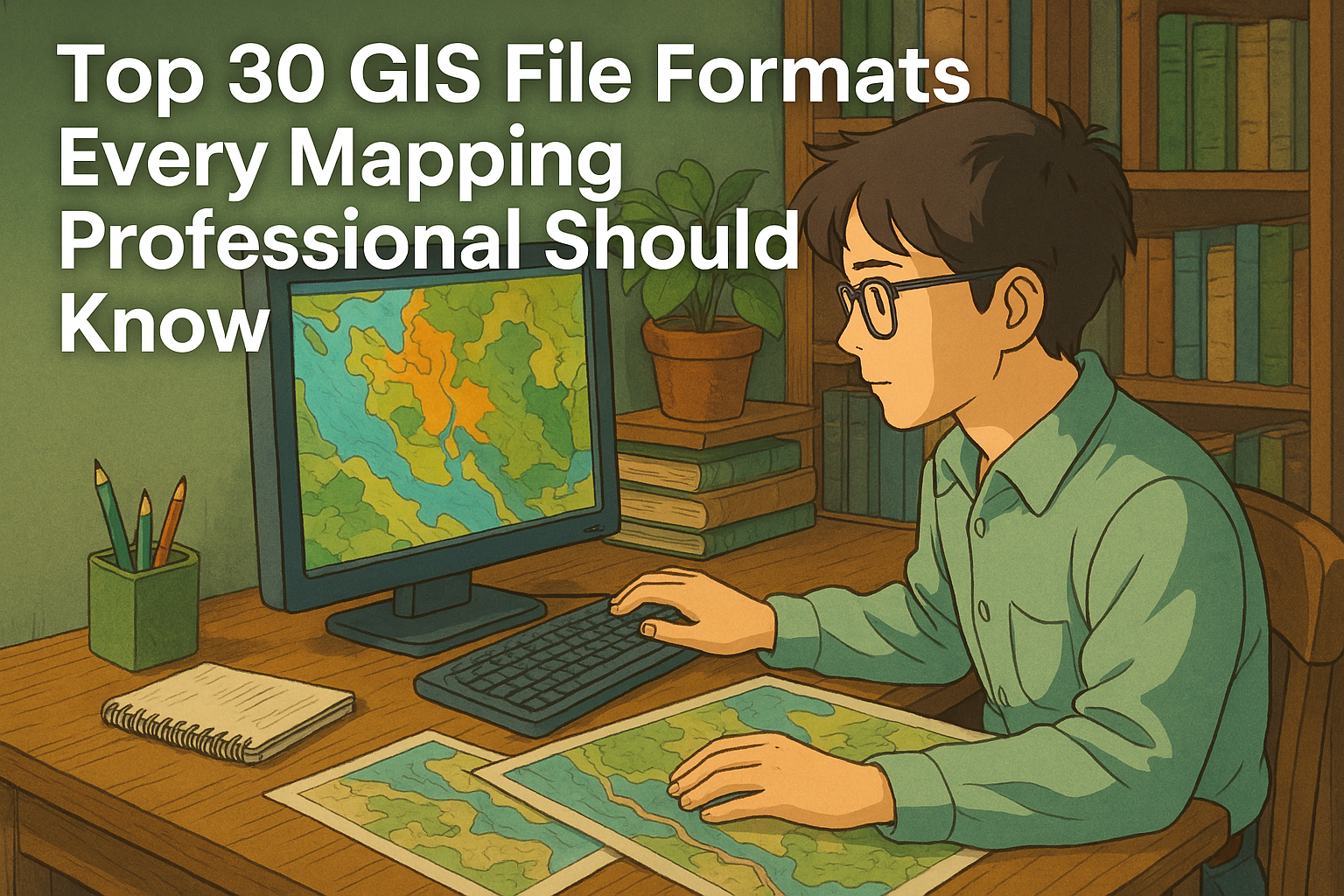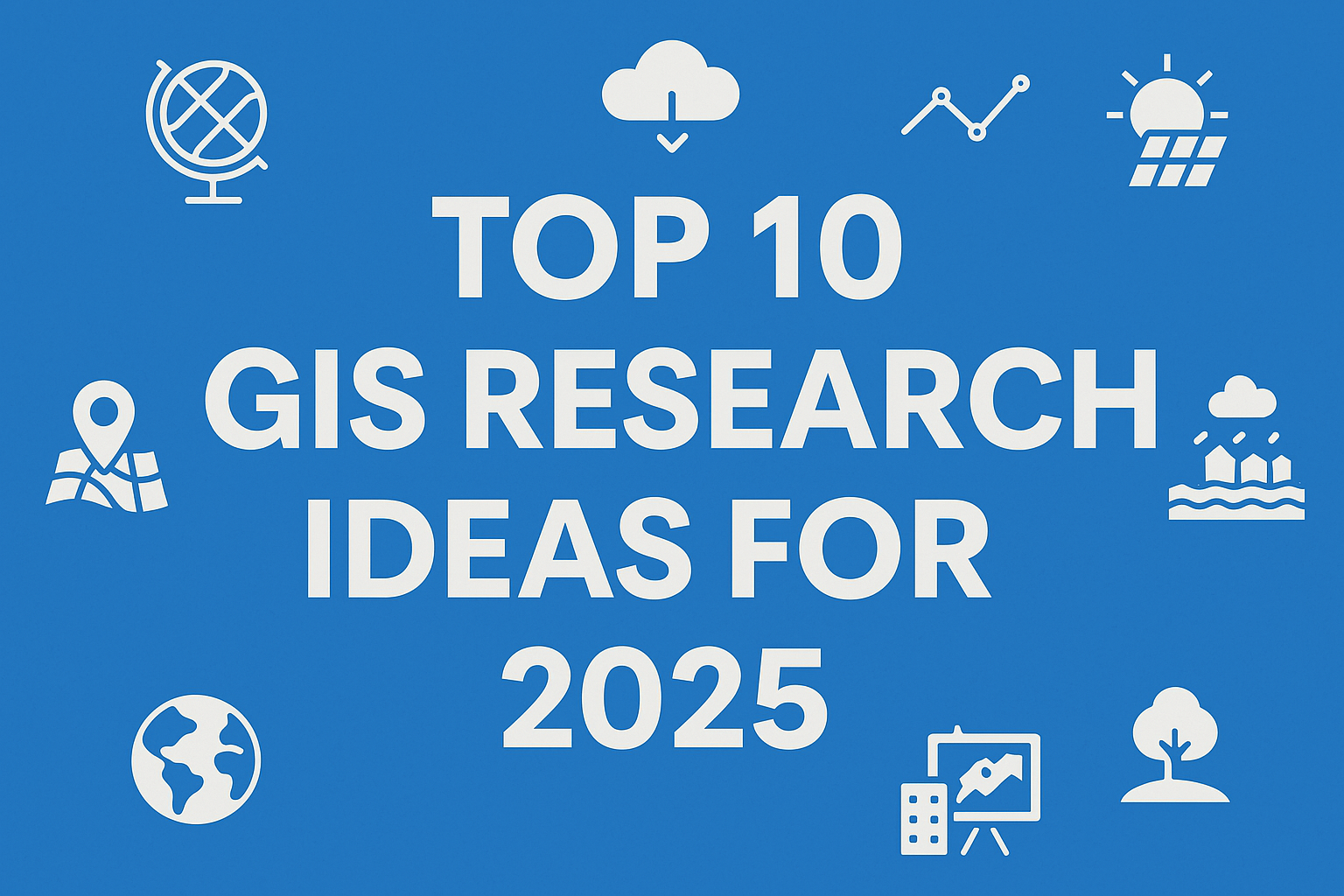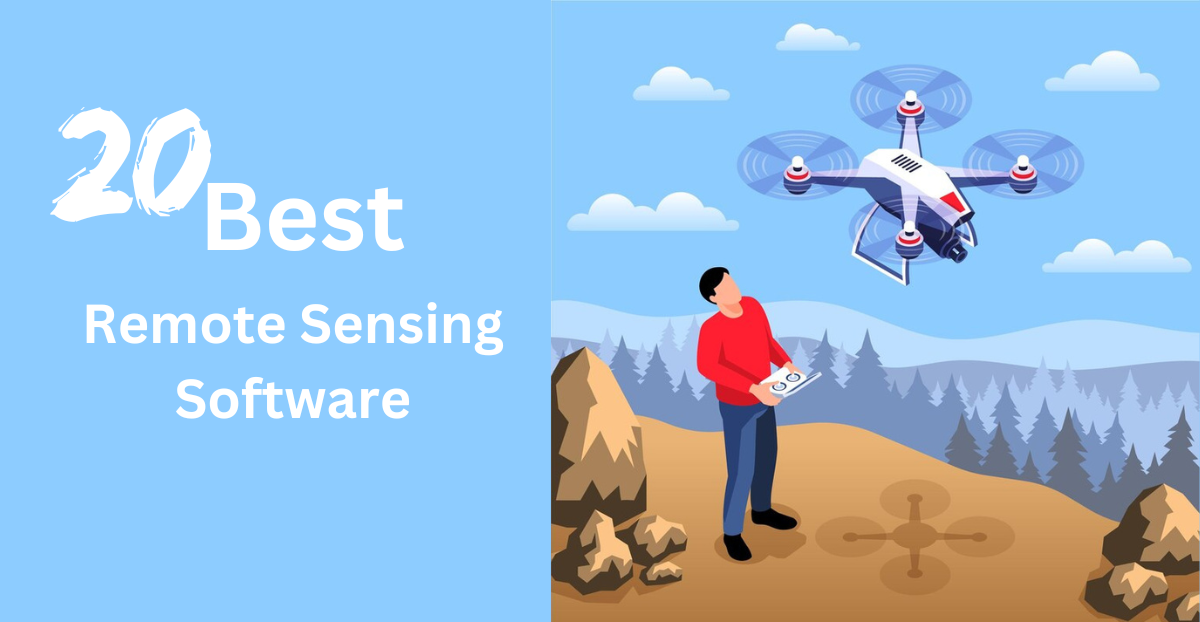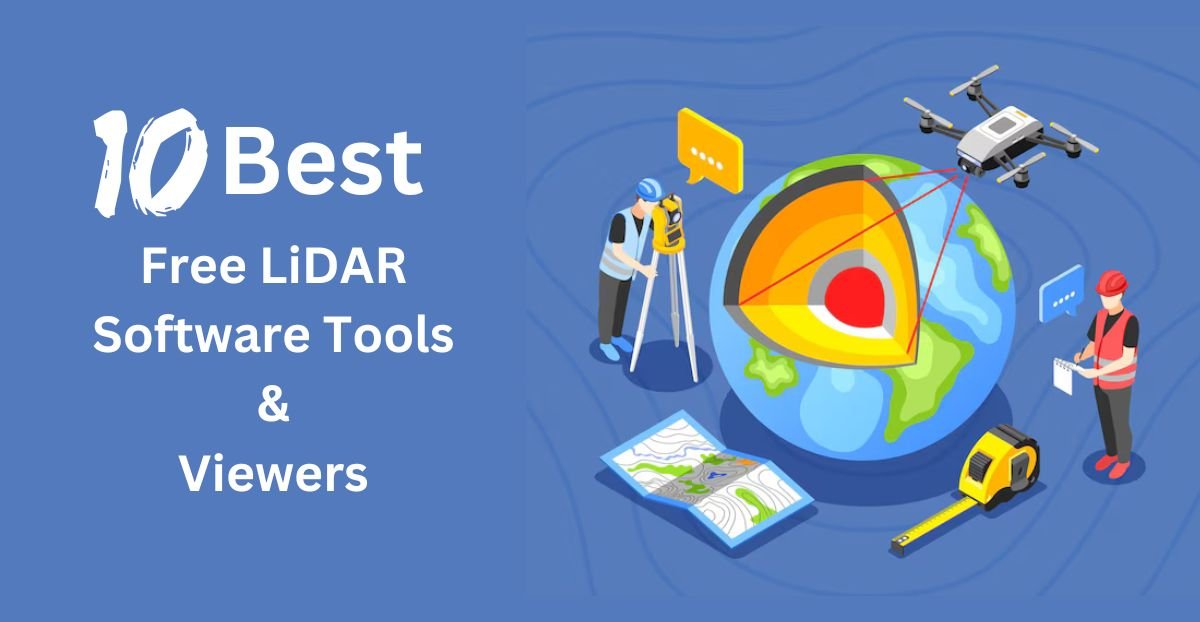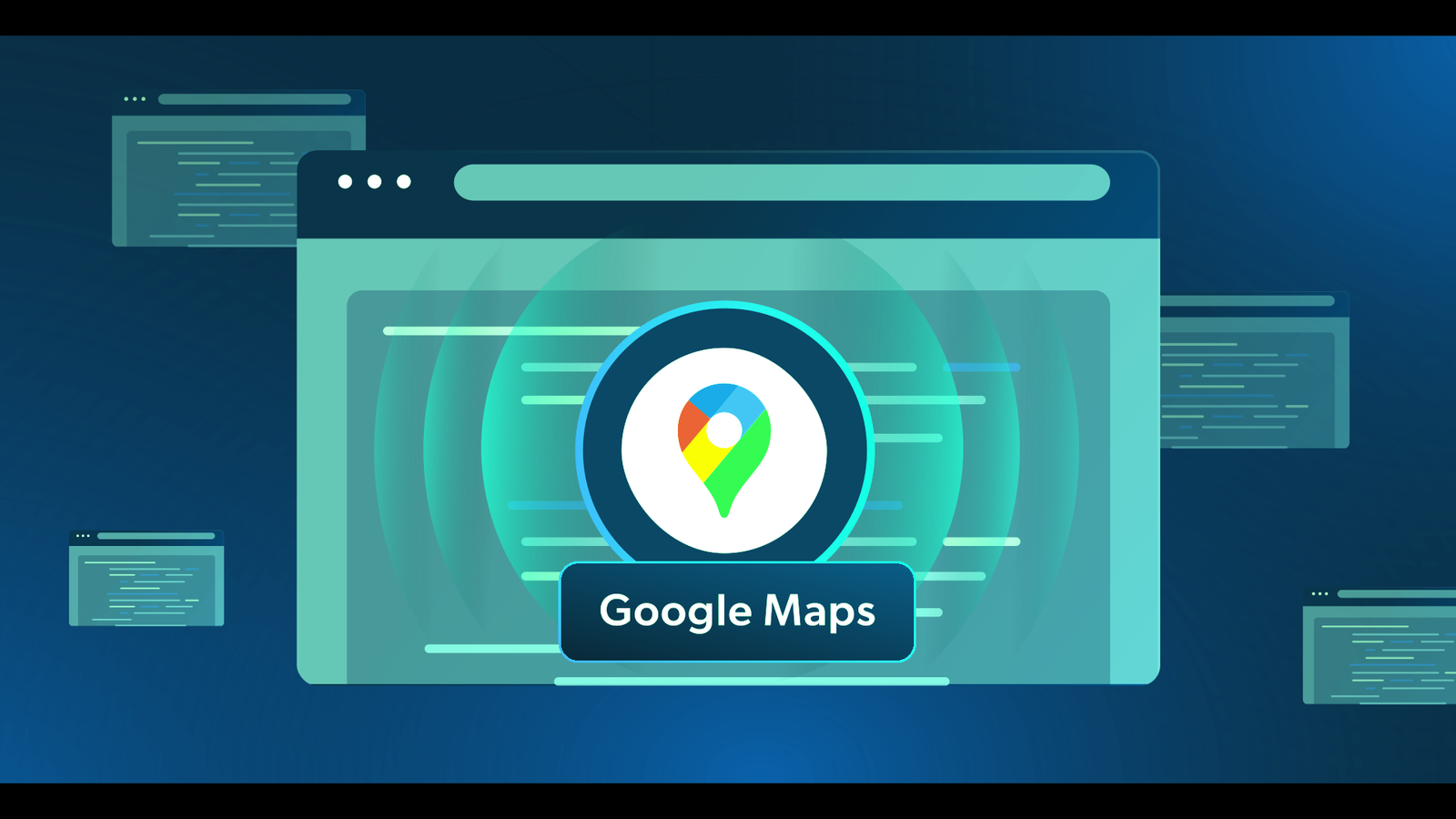25 Best Map Apps 2025
Maps have always been an important aspect of our lives. For centuries, humans have relied on maps to help them get around, find new places to explore, and learn more about their surroundings. With the advent of technology, we now have access to countless mapping applications that can help us with all of these things and more. As smartphone usage continues to increase, so does the demand for innovative and useful mapping apps. Whether you’re looking for an app that can help you navigate your way around town or one that provides detailed information about specific locations, we’ve got you covered. The next time you need directions to your next destination or want to explore an unfamiliar area, these apps are sure to meet your needs. Read on for a comprehensive list of the 25 best map apps to download in 2025. Best Map Apps 1. Google Maps Google Maps is still the gold standard when it comes to navigation apps. With precise and reliable data on roads, public transportation, local businesses, and landmarks, this app helps you find your way with ease. What sets Google Maps apart is its feature-rich experience — from real-time traffic updates and voice-guided turn-by-turn navigation to offline map access and detailed Street View imagery. It even offers indoor maps for large locations like airports and shopping malls. Whether you’re driving, walking, biking, or taking transit, Google Maps has you covered with accurate directions and estimated travel times. Best of all, it’s completely free to use and available on Android, iOS, iPad, and web browsers. If you’re looking for a powerful and reliable map app, Google Maps remains a top choice. Read More: The Best 15 Google Maps Scrapers 2. TomTom GO TomTom GO is a solid contender in the navigation app space, offering a sleek interface and reliable guidance for your travels. With features like real-time traffic updates, crystal-clear 3D maps, and advanced lane guidance, it’s designed to make your journey as smooth as possible. One standout feature is its augmented reality navigation, which adds a modern twist to finding your way. TomTom GO also works offline, making it a great companion even when you’re out of range or trying to save data. Ideal for both drivers and pedestrians, the app ensures you stay on the right path whether you’re commuting or exploring a new city. While it comes with a free 30-day trial, continued access starts at just $4.99/month. It’s available on both Android and iOS platforms, and definitely worth checking out if you want a premium navigation experience. 3. Waze Waze is a driver’s best friend when it comes to beating traffic and staying ahead of road delays. What makes Waze unique is its real-time, user-generated updates — fellow drivers share info about accidents, traffic jams, speed traps, and other road hazards, helping you choose the fastest route. It’s more than just a GPS app — Waze adds a social twist with fun icons, voice options, and the ability to see and interact with other users on the road. Perfect for daily commutes or long drives, Waze keeps you informed and entertained while making sure you get to your destination quickly and safely. The app is free to use and available on Android and iOS, making it a must-try for drivers who want smart, community-powered navigation. 4. Apple Maps Apple Maps has evolved into a powerful navigation tool, especially for iOS users. With beautifully detailed 3D visuals, real-time traffic updates, and accurate transit directions, it’s now a serious competitor in the map app world. One of its standout features is AR walking directions, which overlay digital arrows on the real world to guide you step by step. It’s also tightly integrated with Siri, allowing for hands-free navigation and voice commands that feel seamless on Apple devices. Exclusively available on iOS, iPadOS, and macOS, Apple Maps is a visually stunning and highly functional app that fits perfectly into the Apple ecosystem. And of course, it’s completely free to use. Related Content: Top 25 GIS Research Ideas 16 Best GIS YouTube Channels to Learn and Stay Updated 20 Best Remote Sensing Software for Professionals 5. Citymapper Citymapper is the ultimate app for urban commuters, especially in large cities around the world. Designed to simplify public transportation, it combines routes for buses, trains, subways, bikes, and walking into one cohesive, easy-to-follow journey. Whether you’re navigating complex transit systems or exploring a new city, Citymapper makes it easy to find the fastest and most efficient routes. It offers real-time updates on delays and disruptions, helping you stay on track. Ideal for city dwellers and travelers alike, Citymapper is available for free on both Android and iOS, making it a must-have app for anyone who relies on public transportation. 6. HERE WeGo HERE WeGo is a user-friendly navigation app with a sleek interface and the added bonus of downloadable offline maps. It supports a variety of routes, including public transport, walking, biking, and driving, making it a versatile tool for any kind of journey. One of its standout features is the ability to compare ride-sharing services, helping you choose the most cost-effective or convenient option for your travels. Whether you’re navigating through a city or heading off the beaten path, HERE WeGo has you covered. Perfect for travelers who need reliable maps without an internet connection, HERE WeGo is available for free on both Android and iOS. It’s an excellent choice for those who want to stay connected even when going off the grid. 7. MapQuest As one of the original digital map services, MapQuest continues to be a reliable option for navigation. Offering turn-by-turn voice guidance, real-time traffic updates, and the ability to compare fuel prices nearby, it provides all the essentials for a smooth journey. Whether you’re driving across town or on a road trip, MapQuest helps you navigate with ease and efficiency. Its simple interface and useful features make it a trusted choice for both seasoned travelers and casual commuters. Available for free … Read more
